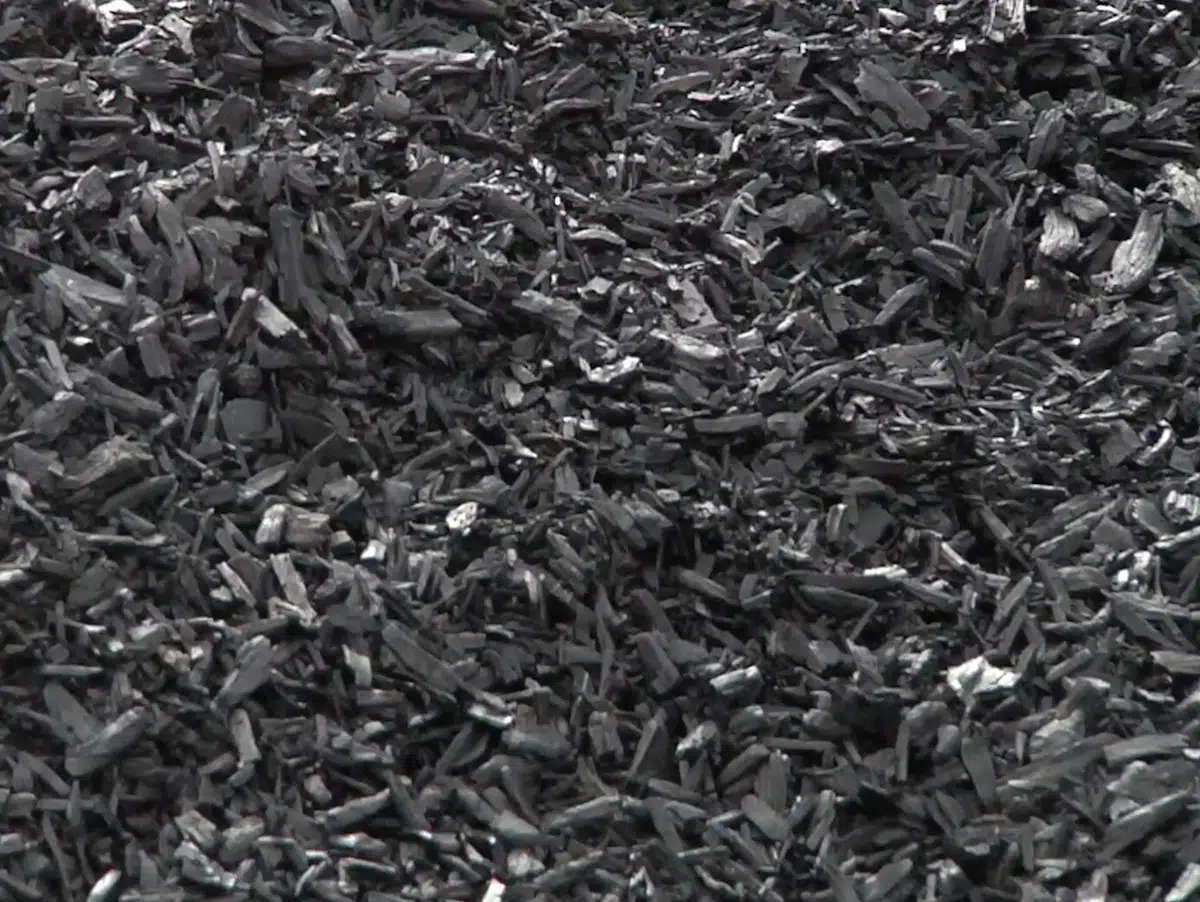
Would the railway-tie hysteria of 2010 be different now?
BACK IN 2010, a man named Kim Sigurdson was the most unpopular man in Kamloops.
Sigurdson had the temerity to propose a solution to a major environmental problem — the accumulation of used, creosote-soaked, railway ties.
Local environmentalists ranted, railed (if you’ll excuse the pun), rallied and protested, local politicians (including MLAs Kevin Krueger and Terry Lake, and Mayor Peter Milobar) got cold feet, and Sigurdson finally threw in the towel and went home to Winnipeg.
Chalk one up for the enviros.


